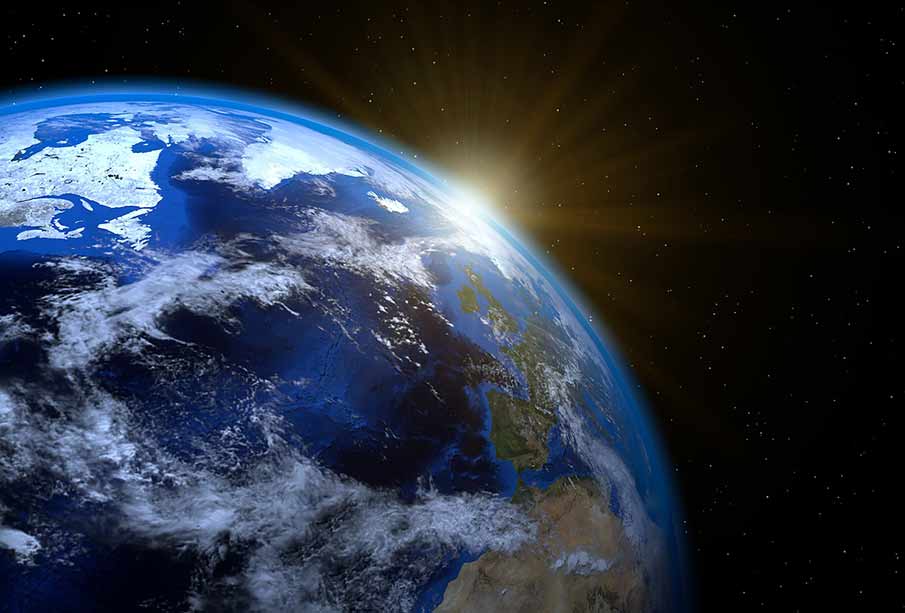The universe is about 13.8 billion years old, according to new research recently published by an international team of astrophysicists.
While this estimate of the age of the universe had been known before, in recent years, other scientific measurements had suggested instead that the universe may be hundreds of millions of years younger than this.
The scientists studied an image of the oldest light in the universe to confirm its age of 13.8 billion years.
This light, the “afterglow” of the Big Bang, is known as the cosmic microwave background and marks a time 380,000 years after the universe’s birth when protons and electrons joined to form the first atoms.
Obtaining the best image of the infant universe helps scientists better understand the origins of the universe, how we got to where we are on Earth, where we are going, how the universe may end and when that ending may occur, according to a statement from Stony Brook University.
“We are restoring the ‘baby photo’ of the universe to its original condition, eliminating the wear and tear of time and space that distorted the image,” explained Stony Brook astrophysicist Neelima Sehgal, a co-author on the papers.
“Only by seeing this sharper baby photo or image of the universe, can we more fully understand how our universe was born,” Sehgal said.
By using observations from the Atacama Cosmology Telescope (ACT) in Chile, the new findings match the measurements of the Planck satellite data of the same ancient light.
The ACT team estimates the age of the universe by measuring its oldest light. Other scientific groups take measurements of galaxies to make universe age estimates.
The new research adds a fresh twist to an ongoing debate in the astrophysics community about the age of the universe, said Simone Aiola, first author of one of the new papers on the findings, in a statement from Princeton University.
“Now we’ve come up with an answer where Planck and ACT agree,” said Aiola, a researcher at the Flatiron Institute’s Center for Computational Astrophysics in New York City. “It speaks to the fact that these difficult measurements are reliable.”
The ACT research team is an international collaboration of scientists from 41 institutions in seven countries.


